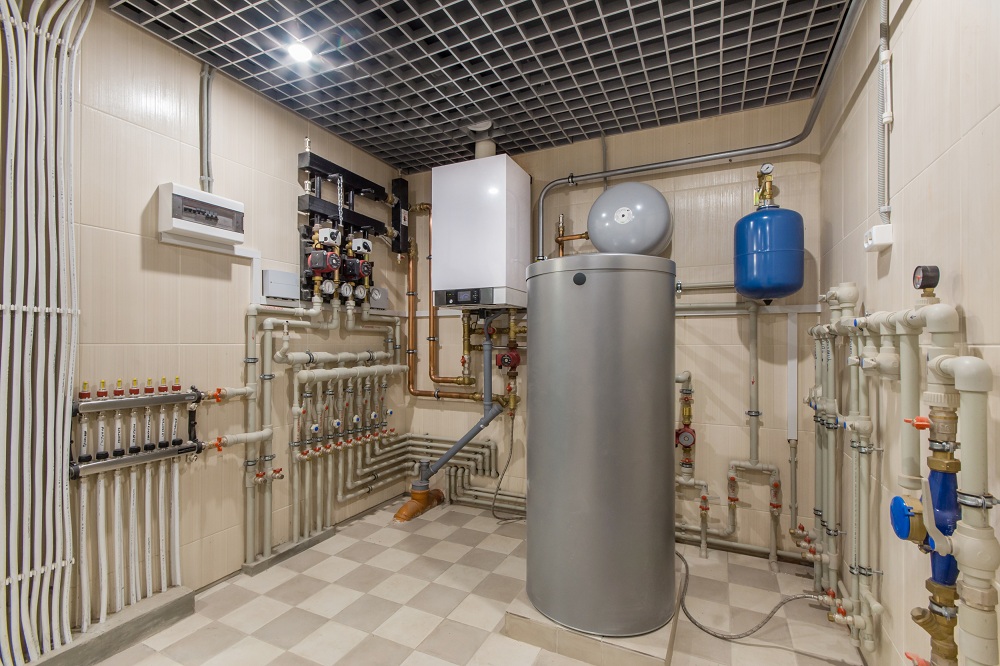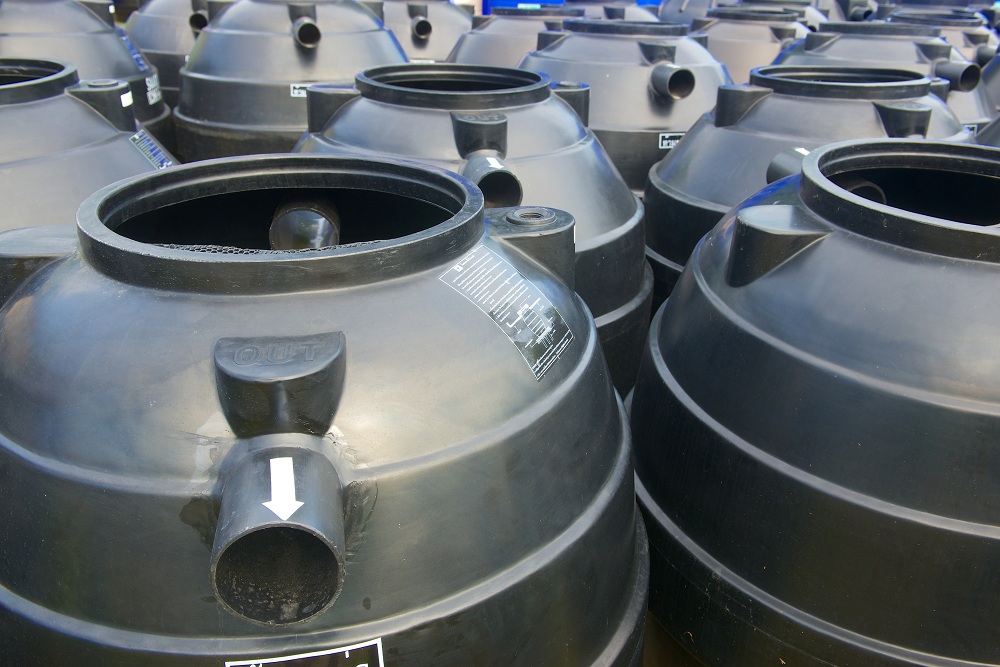
Aboveground storage tanks (ASTs) are bulk storage containers used to store petroleum products or hazardous waste. They may be used for storage before use, during use, or prior to commercial distribution. Containers can be wholly aboveground, partially buried, or completely below ground.
Government agencies have regulations in place for tank fabrication in terms of design specifications. In addition to these, facility managers should adhere to required monitoring and testing procedures for preventing contamination and the release of hazardous materials into the environment.
Container Design
Storage tanks can only be used for oil storage if tank material is compatible with the stored product. They should also maintain pressure and temperature conditions of storage.
Bulk storage containers should be created with a secondary means of containment. The size should consist of the capacity of the largest single container with additional considerations for precipitation. Dikes and trenches should be resistant and capable of holding discharged oil or other potential contaminants. The storage container should be surrounded with a drainage trench that collects discharges and confines them into a catchment basin or holding pond. This prevents contamination and the release of hazardous materials into the environment.
Containers that are mobile or portable should be located in an area that can reduce potential discharges. They should also be constructed with a secondary containment basin.
Tank installation should involve good engineering practices and contain a detection system to monitor the liquid gauge and prevent the container from overflowing.
Container Management
Leakage can be controlled with continuous monitoring of steam return and exhaust lines. Contamination of internal heating coils can seep into open watercourses like lakes and ponds. Government regulations prevent uncontaminated rainwater from draining out from a trench and into these watercourses. The facility should ensure contamination does not bypass the treatment system in place to reduce contamination impact on the environment.
Container Monitoring
Bulk storage containers require regular testing and maintenance procedures. The incidence of testing and repairs depends on the tank’s size, design, and purpose.
Testing techniques involve visual inspection and a type of non-destructive shell testing like ultrasonic, hydrostatic, radiographic, or acoustic emissions checks. The facility should keep comparison records and inspect the supports and foundations of the container. The tank’s exterior should be assessed for signs of discharges or deterioration.
In addition, devices for liquid level sensing and monitoring should be tested and checked on a regular basis to make sure they maintain proper operation. Other features in the treatment facility features should be inspected to reduce the risk of an unexpected system issue causing a discharge.
The container is reevaluated for risk of discharge or failure following each repair, alteration, reconstruction, or change in service. Differences may create new risks for failure.
Hazardous Materials Storage

The Environmental Protection Agency may require reporting of hazardous material storage. Regulations depend on the type and amount of stored hazardous material in each facility. Each state has additional regulations for storage tanks and containers. These may include requirements for painting the tank or fill pipe a certain color, installation of alarms, or tank registration.
Facility managers should adhere to the various regulations surrounding tank design and management to prevent discharges and contamination.


